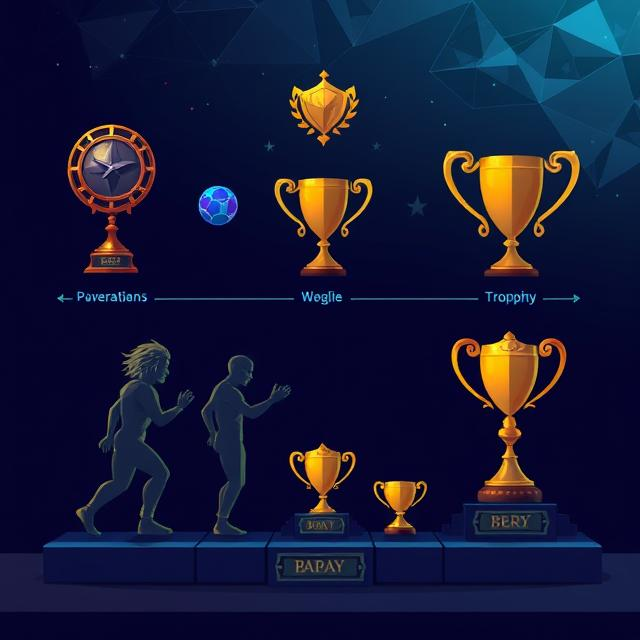Achievements and trophies have become a core part of the gaming ecosystem. From Xbox’s Gamerscore to PlayStation’s Platinum Trophies and Steam’s badges, these digital milestones shape how players engage with games—and even how they define completion.
In the early 2000s, achievements were a novelty. Halo 3 and Gears of War popularized them on consoles, encouraging players to complete tasks outside the main story: headshots, secrets, speedruns.
Today, achievements serve multiple purposes:
- Incentivizing exploration
- Encouraging mastery or challenge runs
- Highlighting hidden mechanics
- Creating social bragging rights
Some players chase 100% as a badge of honor. Entire communities exist around platinuming games or increasing Gamerscore. Others ignore them completely, seeing them as distractions.
Trends have evolved:
- Some developers use meta achievements, like The Stanley Parable’s “Go Outside” (don’t launch the game for 5 years)
- Others focus on completionist-friendly tracking (Horizon Forbidden West)
- Many offer milestone-based structure for open-world fatigue (Assassin’s Creed, Far Cry)
Controversies also exist. Games with grindy or broken trophies, or ones that lock content behind difficulty-based achievements, are often criticized.
But at their best, achievements act as a layer of player-guided challenge and discovery. They give you reasons to dig deeper, try new playstyles, or revisit familiar worlds in unfamiliar ways.
